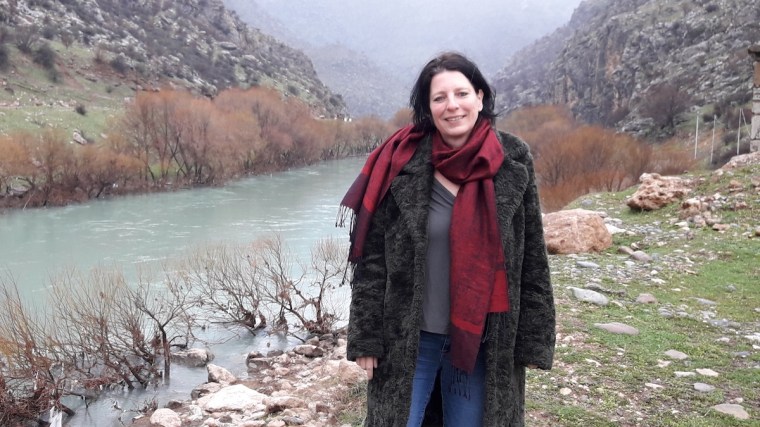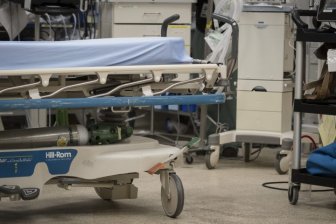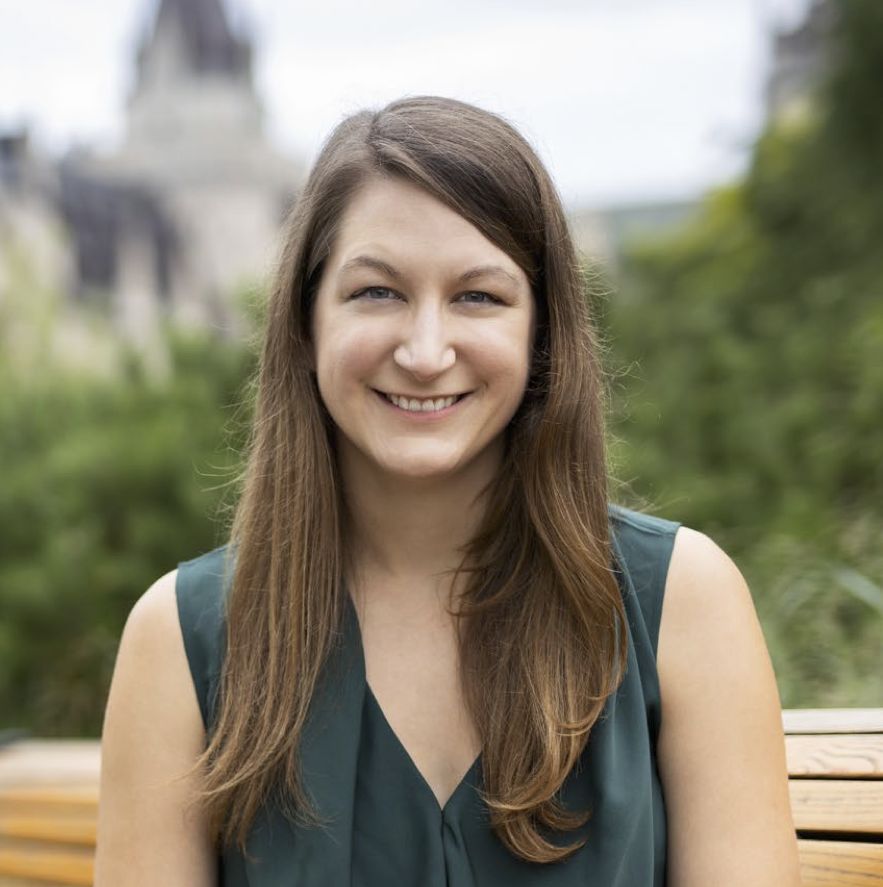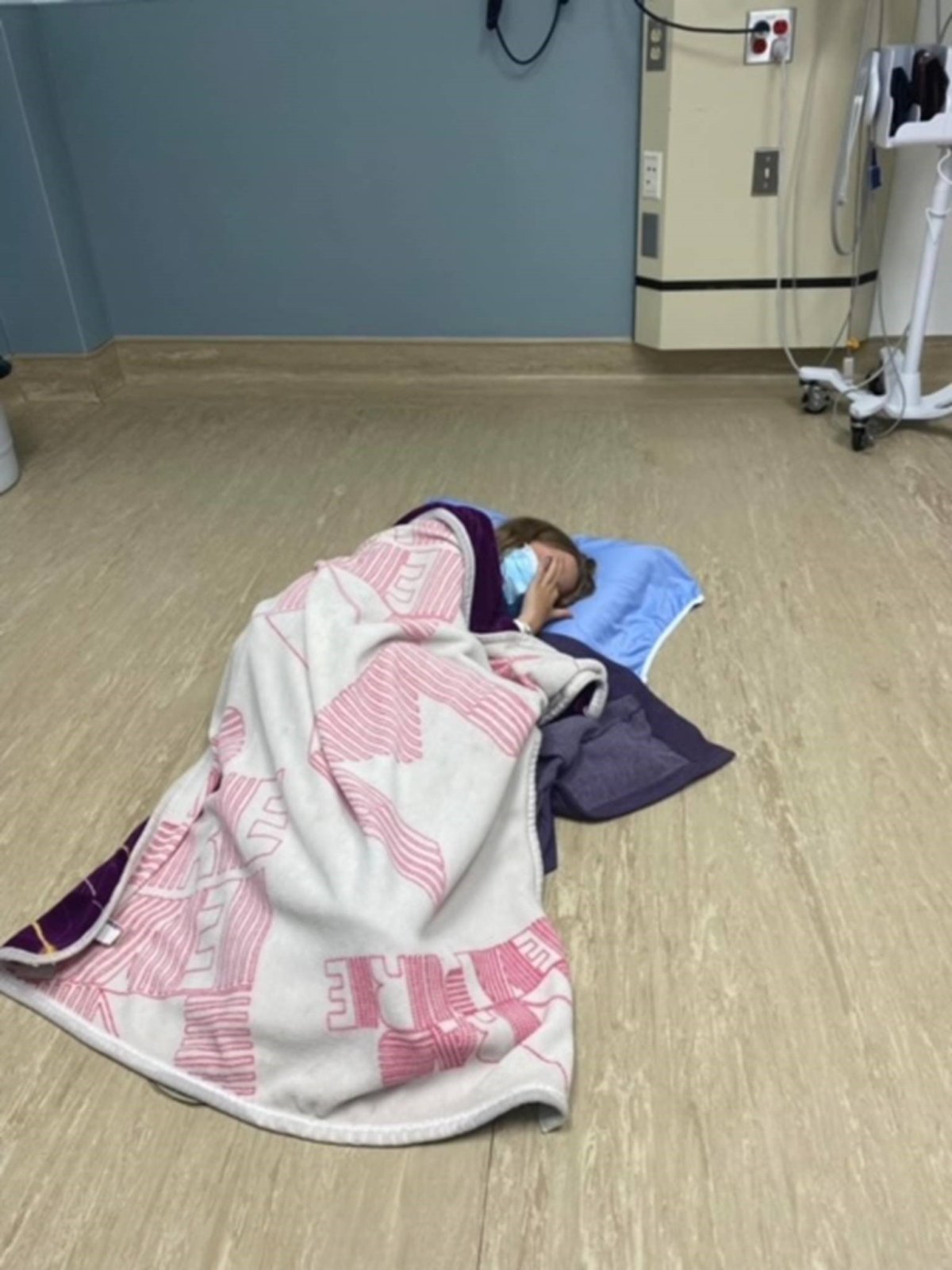On July 14, 2022, Iraqi Kurdistan authorities deported Dutch freelance journalist Fréderike Geerdink to her country, according to the journalist, who spoke to CPJ via messaging app and also tweeted about the incident.
In a July 14 tweet, Geerdink said she was detained on her way to Kobane, a Kurdish-majority town in Syria, near the Turkish border.
“I’m being deported from the Kurdistan Region in Iraq. I almost crossed the border into northeast Syria when suddenly [the] atmosphere changed, I was put in a car with police and brought to Erbil airport,” Geerdink wrote. In the tweet, she wrote that Turkish President Recep Tayyip Erdoğan’s “arm is long.”
Geerdink has worked in Kurdistan and Turkey for more than a decade, reporting on the plight of the Kurdish minority, including the banned Kurdistan Worker’s Party (PKK), according to her website.
In September 2015, Turkey had deported Geerdink for allegedly aiding a “terrorist organization,” as CPJ reported at the time. In February 2015, she was charged in Turkey with allegedly “making propaganda” for the PKK and Union of Communities in Kurdistan, but was acquitted that April, as CPJ reported.
In another tweet, Geerdink wrote she was traveling for a “big story” for a Dutch magazine. She told CPJ via messaging app on July 14 that she was on assignment for De Groene Amsterdammer.
Geerdink told CPJ that the police who detained her “didn’t tell me anything” and said they had “no information” on the reason for her deportation.
“I had a letter from Groene Amsterdammer, I also had my national and international press card,” she told CPJ. “That was all needed to cross the border, everything was 100 percent in order.”
Geerdink said she got in touch with Hans Akerboom,Dutch Consul Generalfor the Kurdistan Region of Iraq in Erbil. “It was great he came to the airport, because I even didn’t ask for it,” she told CPJ. “The authorities told him that I was ‘persona non grata,’ but they never said something to me like that, they didn’t communicate with me.”
“The Dutch Consul General also told me that I was welcome to come to Kurdistan as a tourist but not as a journalist,” she said, adding, “Of course I don’t want to come as a tourist.”
Ahmed Hoshyar, general manager of Erbil International Airport, told CPJ via WhatsApp messaging app on July 14, that “there were some issues with her passport,” but refused to give further information. He urged CPJ to “talk to the Dutch ConsulGeneral, as he is aware of the case.”
Akerboom told CPJ via WhatsApp on July 14 that he didn’t “know the reason” why Geerdink was deported, adding only that it was “never mentioned.”
CPJ reached out to Jutyar Adil, the Kurdistan Region Government spokesperson, for comment via WhatsApp, but did not immediately receive a response.

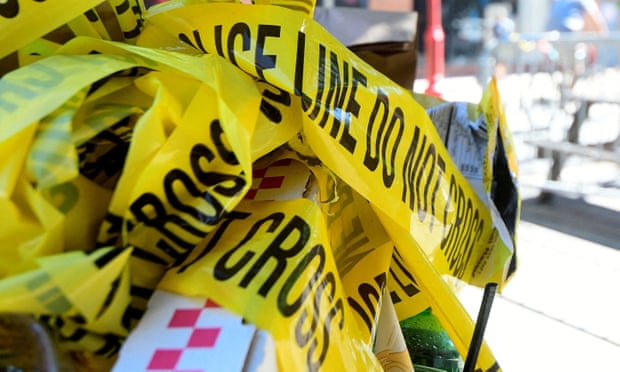

/cloudfront-ap-southeast-2.images.arcpublishing.com/nzme/XHGTPUIFKUDBGIARCDDT62YBP4.jpg)
